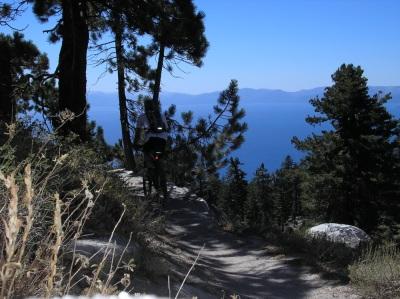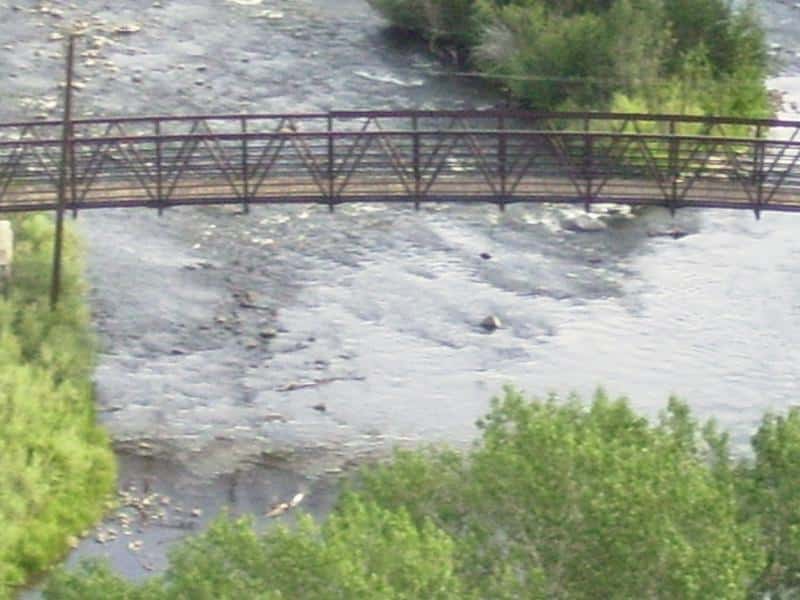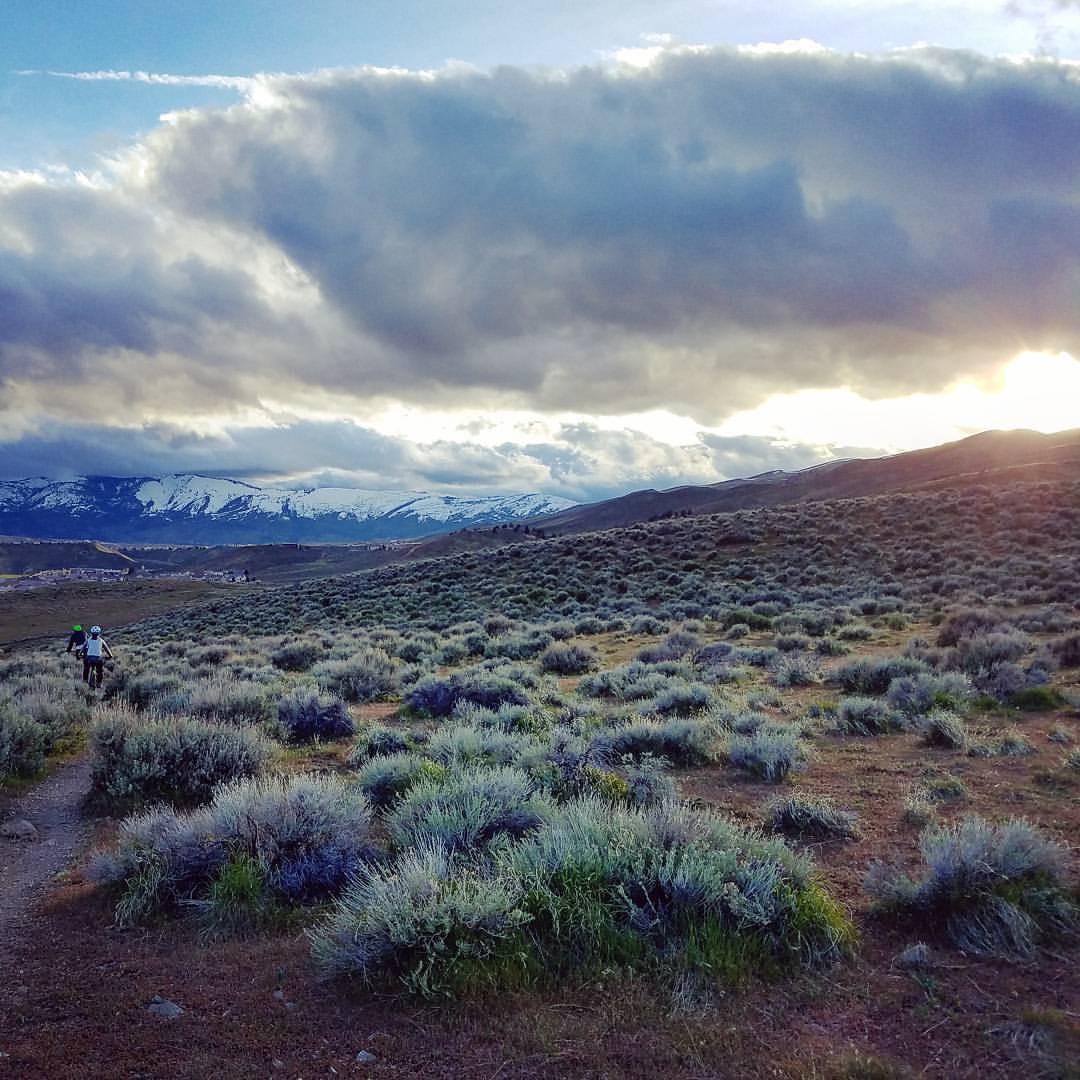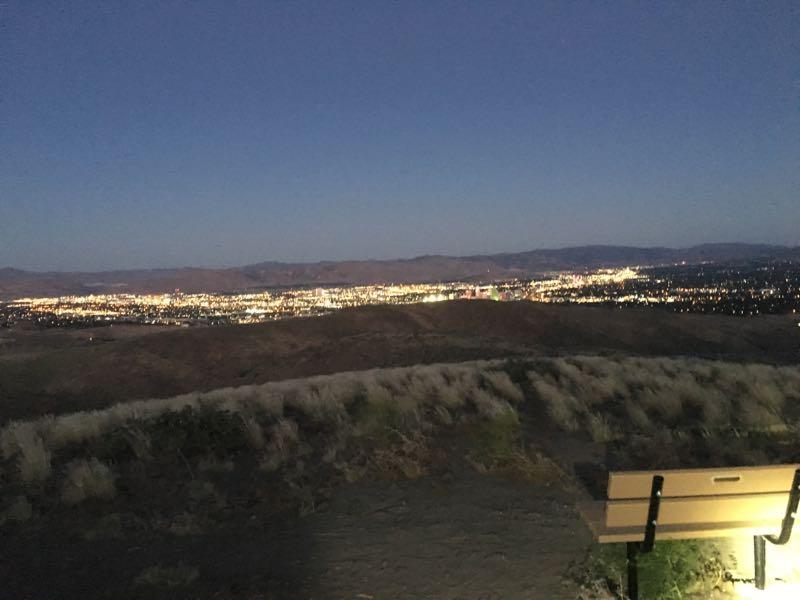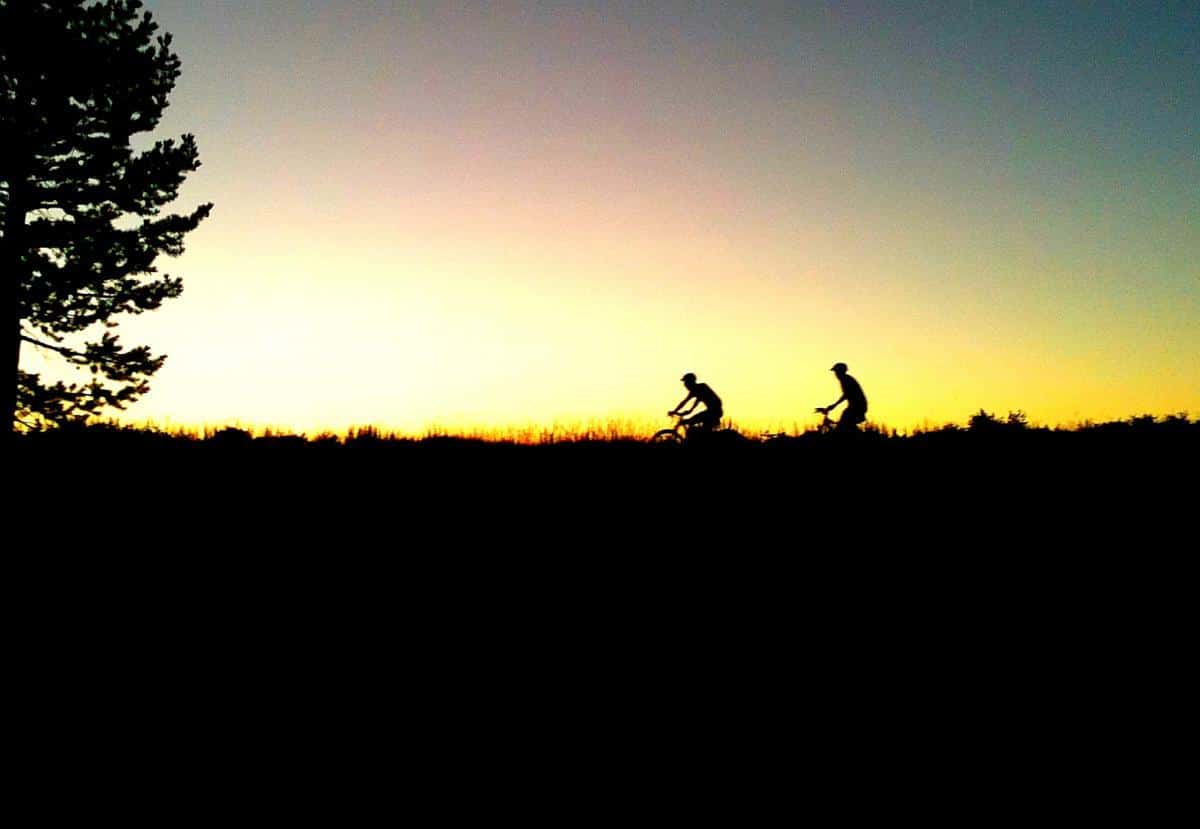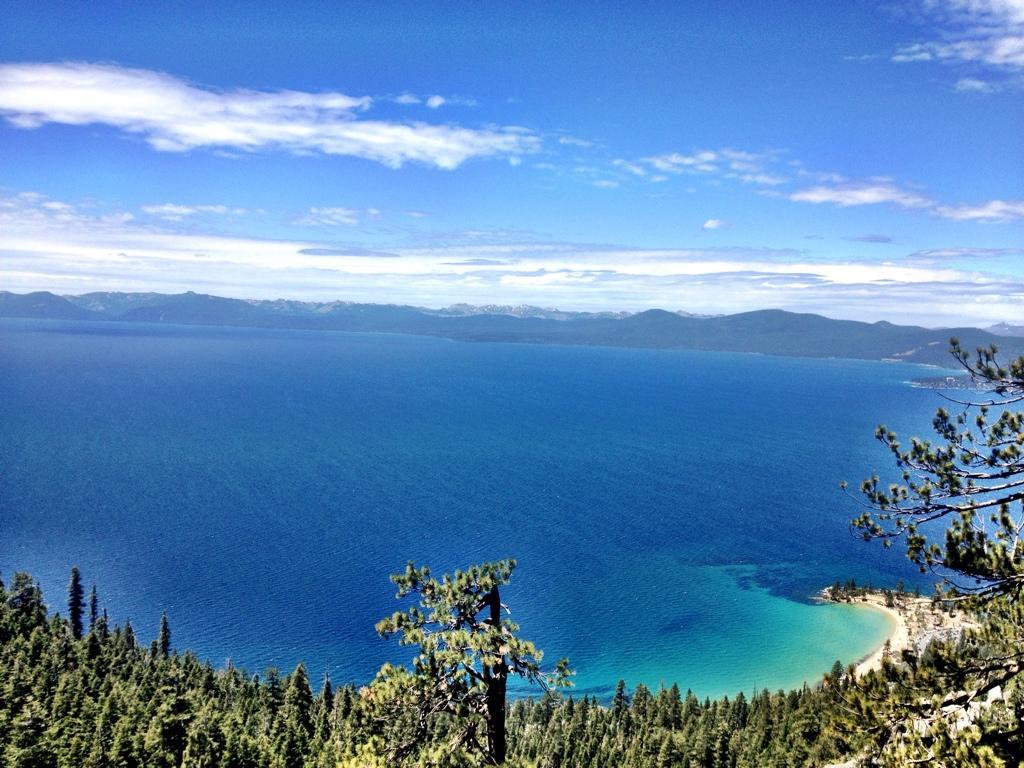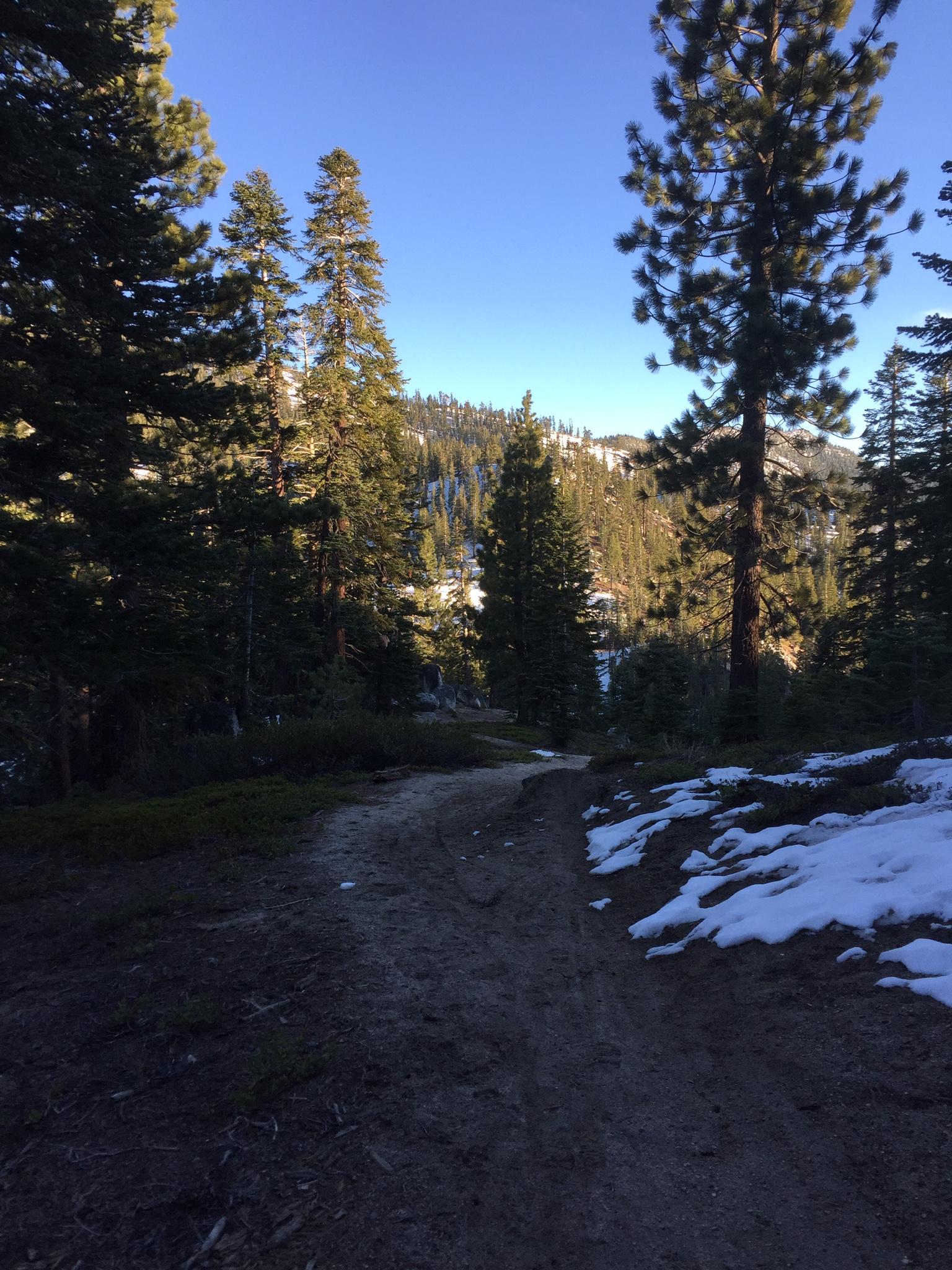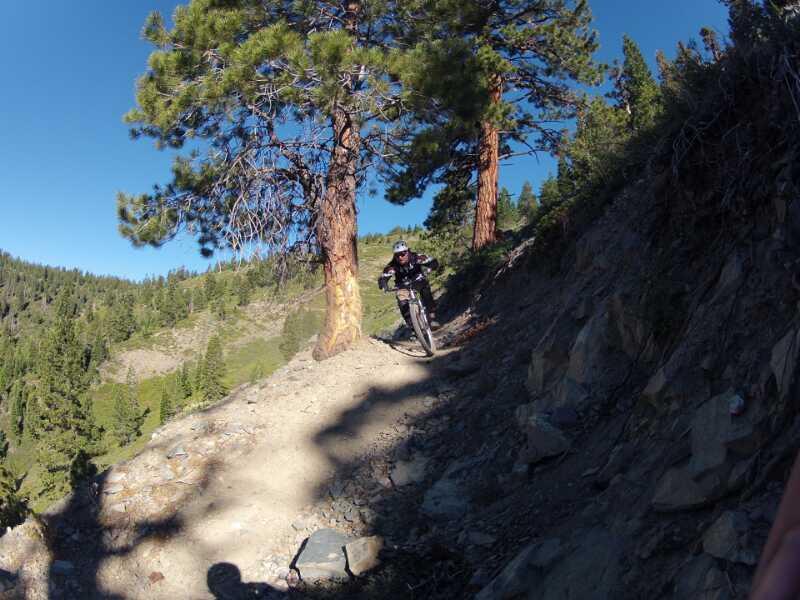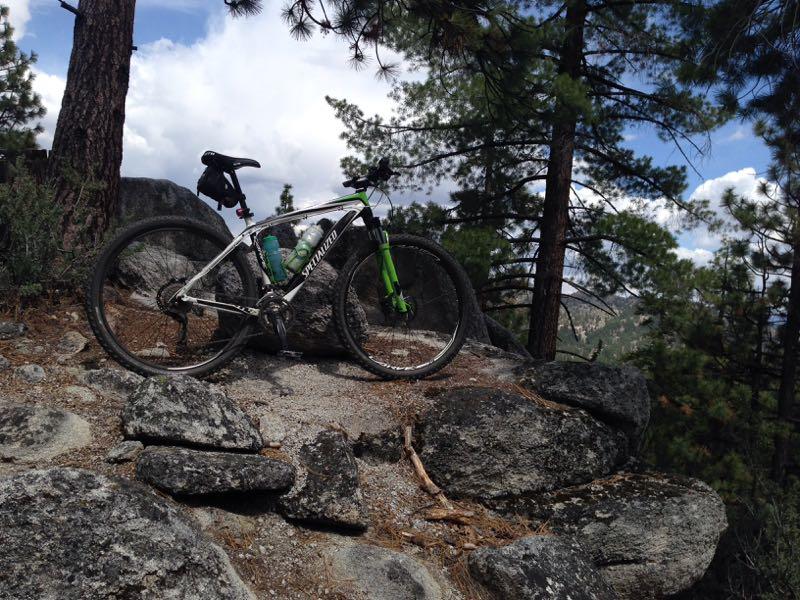Nevada: Area Description
Nevada covers an area of 110,577 square miles making it the seventh-largest state in the US. It has a maximum elevation of 481 ft and a minimum elevation of 13,147 ft.
In terms of location, this state is situated in the western part of the US. It's bordered by Oregon to the northwest, Utah to the east, Arizona to the southeast, Idaho to the northeast, and California to the west.
Nevada is known for its desert landscape. Examples of popular deserts in the region include:
- Mojave Desert
- Great Basin Desert
- Black Rock Desert
The Mojave Desert is located in the southeastern parts of the state and is popularly known for its arid weather, Joshua trees, and difficult terrain. Most of the state is covered by the Great Basin Desert, a high-altitude desert with juniper and sagebrush vegetation. The Black Rock Desert in the state's northwest part is known for the Burning Man festival.
Despite the arid landscape, Nevada has many rivers and lakes which provide locals with water for various activities. A good example of a river in the state is The Colorado River which runs through the southern half of the state and is the biggest reservoir in the US.
This state also has several mountain ranges, such as the Sierra Nevada, the Snake Range, and the Spring Mountains. Its highest point is Boundary Peak, which rises 13,147 feet above sea level.
| Land area (sq. m; sq. km) |
286,382 km2 |
| Minimum Elevation |
481 ft |
| Maximum Elevation |
13,147 ft |
Demographics of Nevada
Currently, Nevada has about 3.1 million people, with females accounting for 49.6% of the population while males are around 50.4%. Also, the population comprises mainly young people, with the median age being 38.5.
The racial and ethnic imposition of this state is quite diverse. According to statistics, Non-Hispanic Whites are the majority. Here is a detailed breakdown.
- Non-Hispanic White - 48.7%
- Hispanic or Latino - 30.1%
- Black or African American - 9.6%
- Asian - 8.2%
- Native American - 1.7%
When it comes to matters of education, Nevada's education level is quite high, with approximately 87.4% of people holding a high school diploma and above. Approximately 23.4% of adults also have a bachelor's degree or higher.
Many people living in Nevada are Christians. Research shows that 54% of residents are Christians. Around 29% of the people don't belong to any religion, while the rest are Jews, Buddhists, or Islam.
Nevada's median household income is $62,026, which is a little less than the national average. Approximately 12.8% of residents live below the poverty line.
| Total population (thousands, million) |
3,104,614 |
| Population density (persons per sq. km) |
10.3/km2 |
Climate of Nevada
The climate in Nevada is mainly arid and semi-arid, characterized by extremely hot summers and cold winters.
This state normally experiences summer between July and August. During this period, temperatures can go as high as 100°F, especially in the southern parts. Winter normally starts in December and ends in March. Temperatures during this period range from 25°F to 35°F, and it may occasionally drop below the freezing point in some regions.
With an average annual precipitation of 10 inches or less, Nevada is one of the driest states in the US. Generally, northern regions receive more precipitation compared to Southern parts.
The humidity level in this state is quite low, especially in the summer when it can go as low as 10%. This dryness contributes to the aridity of the environment and can make wildfires more likely during the dry season.
The wind is another common feature in Nevada's climate. Wind speeds typically range from 50-60 mph during the spring and fall months, with the western and southern parts receiving more wind than the rest.
The best time to go biking in Nevada depends on the location. Winter and fall seasons are ideal for biking in the southern part since the temperatures are pretty low. Spring, summer, and fall months are favorable for biking in the northern areas while late. You can also bike during summer, but you have to do so early in the morning when the temperatures are quite low.
Average Temperature by Months and Seasons
| Month |
Average Temperature |
| January |
34°F |
| February |
38°F |
| March |
48°F |
| April |
58°F |
| May |
67°F |
| June |
75°F |
| July |
80°F |
| August |
78°F |
| September |
70°F |
| October |
59°F |
| November |
47°F |
| December |
37°F |
Infrastructure
Nevada's infrastructure is well-developed. This state features several interstate and state highways that connect it to major cities and towns. The public transportation system in this area is also quite reliable and affordable. This means you don't have to come with your vehicle when visiting the area.
Another thing worth noting is the airports. Nevada has several airports that support domestic and international air travel.
This region features many hotels offering various amenities and services, such as casinos, restaurants, spas, and entertainment venues. These hotels also offer accommodation services meaning you can stay in the area for some days as you explore the biking trails.
Sights and Landmarks in Nevada
When biking in Nevada, you may come across several sights and landmarks, including:
Lake Tahoe - Lake Tahoe is a large freshwater lake in the Sierra Nevada mountains. When you visit this area, you'll enjoy several outdoor activities, such as skiing, hiking, boating, and fishing.
Mount Charleston - Located near Las Vegas, this area offers several biking trails with beautiful views of the surrounding area.
Virginia City - With various scenic routes that pass through the town's historic district and the surrounding countryside, this historic mining town is a popular vacation spot for biking enthusiasts.
Red Rock Canyon National Conservation Area - Located near Las Vegas, this natural wonder offers several biking trails with breathtaking views of red rock formations and desert vistas.
FAQ about Trails in Nevada
Do you need to pay entry fees to use the biking trails in Nevada?
Most biking trails in Nevada don't charge entry fees, but some do charge. Therefore, you should check the biking trails' official website to know the requirements.
Are dogs allowed on biking trails in Nevada?
Some biking trails in Nevada allow you to come with your dog, while others don't. For the trails that allow you to come with dogs, check if they should be leashed or unleashed to avoid issues.
What should I carry when biking in Nevada?
When biking in Nevada, consider carrying drinking water to avoid dehydration. You can also carry enough snacks to replenish your energy whenever you get tired. Additionally, it's important to bring enough biking safety gear, such as a helmet and knee pads.

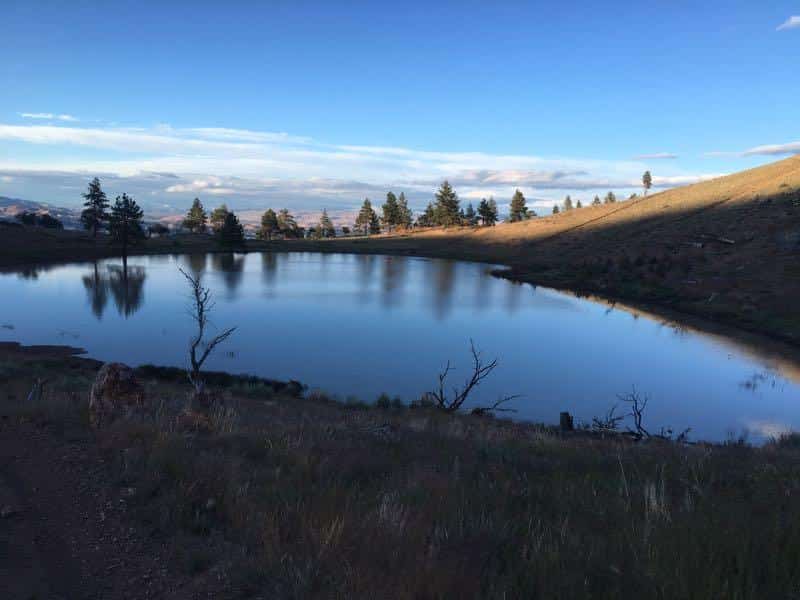
 7 mi
7 mi
